Spiritual Sustenance
Japan is a land of spirituality. Unlike many western countries, it's not tied to one particular religious group. Rather, Buddhism, Shinto, Christianity and several other religions live side by side in relative harmony. Temples, shrines, spiritual retreats and an eclectic array of folklore (which connects deeply with many people) are all crucial components of Japanese society and are still celebrated today. Here are some major spiritual spots well worthy of your time and energy.
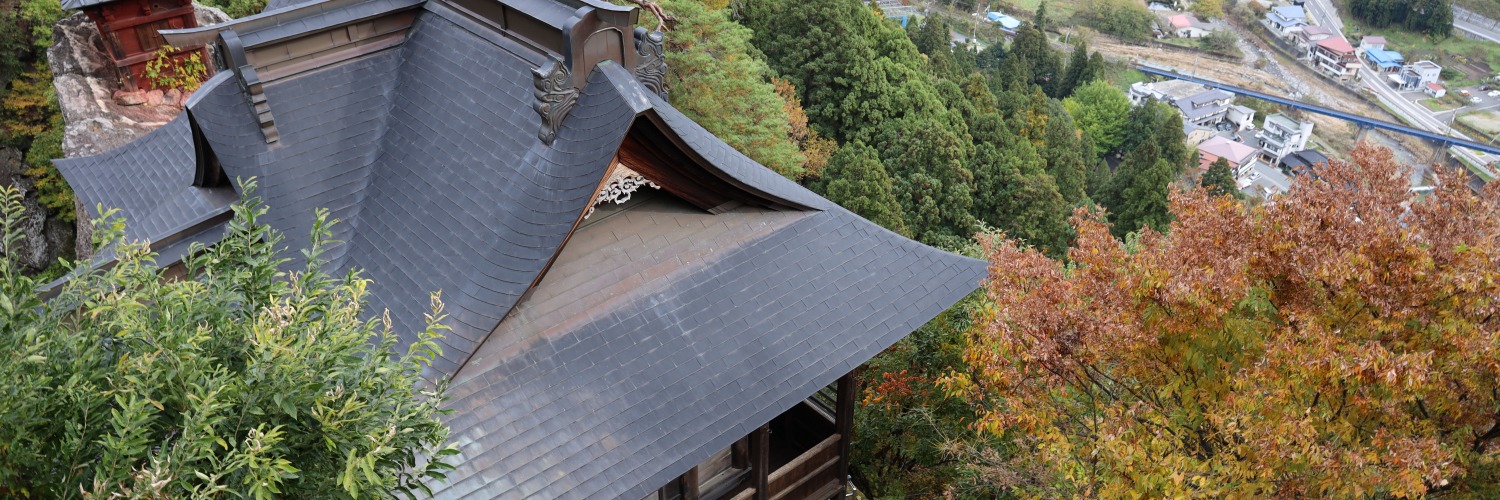
Osore-zan Bodai-ji Temple, Aomori
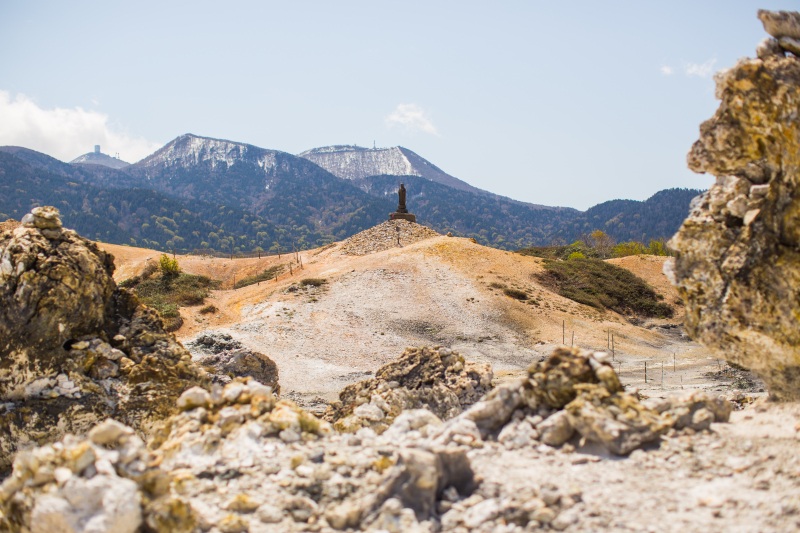
Most countries have their own sacred and mystical areas where people gather for spiritual sustenance such as Lourdes in France. Aomori's Mount Osorezan is considered to be one of Japan's most sacred places and pilgrims come from far and wide to explore its lunar landscape and the deep mysticism associated with the area. Bodai-ji is the main (Zen) temple there and is said to have been founded over a thousand years ago by legendary monk Ennin. The pungent sulfur smell and similarity in geographical terms to Buddhism's idea of the afterlife, if you're looking for spirits or spiritual guidance then Osorezan is the right place for you.
Namahage Museum, Akita
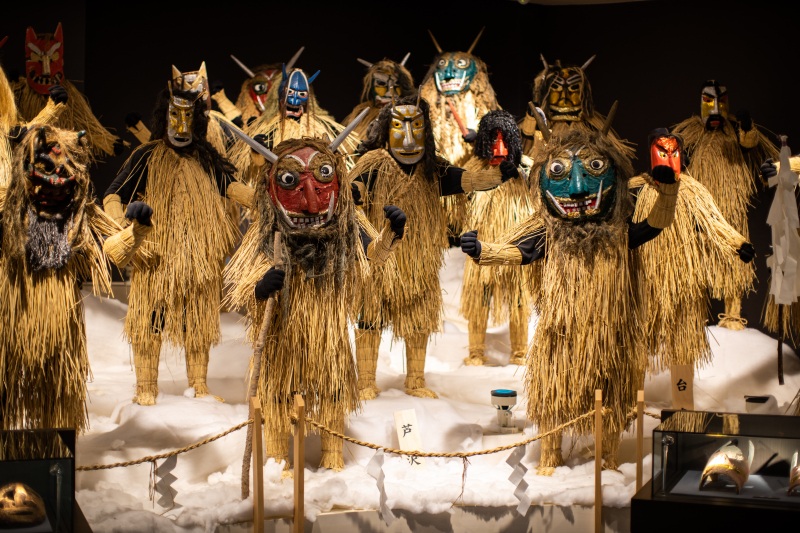
Similar to the western notion of the Bogeyman, Akita's Namahage devils or creatures have been successfully scaring children across northern Japan for centuries. With scary masks and straw robes Namahage have been recognised as a National Important Folk Culture Property and, as legend would have it, on New Year's Eve search for local children. The excellent Namahage Museum has huge displays of historical namahage, a look into the costumes (some costumes can be tried on), a documentary film and various artefacts relating to the Namahage and their deep relationship within Akita's fascinating local folklore. Even the museum's exterior is of interest as it's built with local Oga stones which are unique to the local area of Oga.
Risshakuji (Yamadera), Yamagata
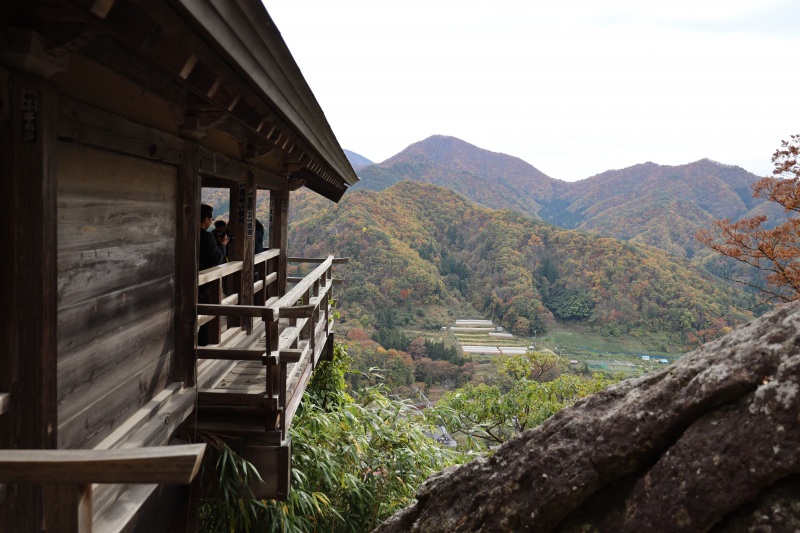
For any visitor's searching for peacefulness and possibly some enlightenment then look no further than Yamagata's endearing and beautiful Risshakuji Temple otherwise known as Yamadera which translates as mountain temple in Japanese. Located on the side of a steep mountain and requiring a half an hour hike the temple doesn't disappoint. Revered Japanese poet Basho even visited Risshakuji and penned some haiku while staying there. With several parts to the temple's complex and a main hall constructed from beech and dating back to the Muromachi period, Yamadera is literally a temple on the mountain but it's one of the loveliest you'll ever encounter. You'll be rewarded for your effort.
Mount Haguro, Yamagata
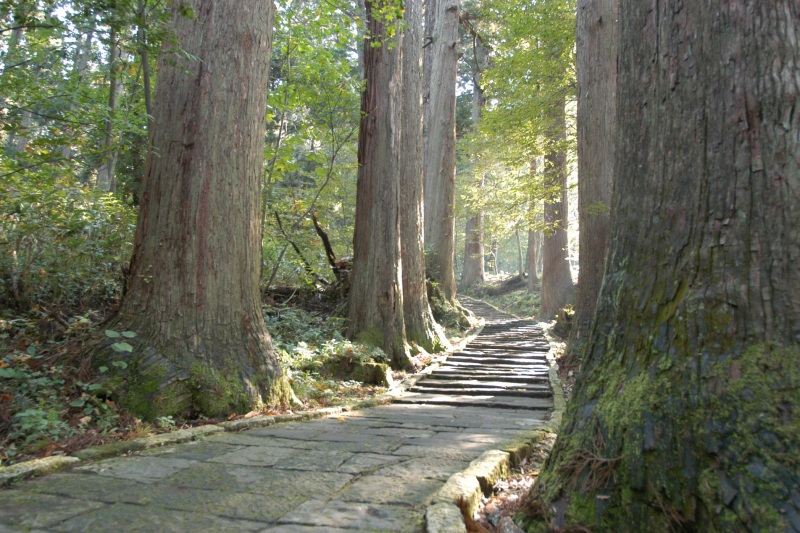
For those interested in hiking with a spiritual ending then look no further than Yamagata's awesome Mount Haguro. Making up one of the three mountains of Dewa, Haguro is the most accessible and at its peak you 'll find the stunning Dewa Sanzan Shrine which comes in at more than a thousand years old. With a cedar tree forest, more than 2,000 steps up the mountain, ancient pagodas and an over 1,000 year-old venerated cedar tree a trip to Mount Haguro is a must. Solemn and tranquil it's an ideal spot for some introspection and space to regather and revitalize. Stop off at the Ninosaka Chaya teahouse for some much-needed sustenance and local snacks and stamina-inducing cuisine. Mount Haguro and the Dewa Sanzan Shrine should really be at the top of anyone's list. Mystical, enchanting, enlightening and revitalizing it's a beautiful day trip into the spiritual heart of Japan.
Sado/Noh, Niigata
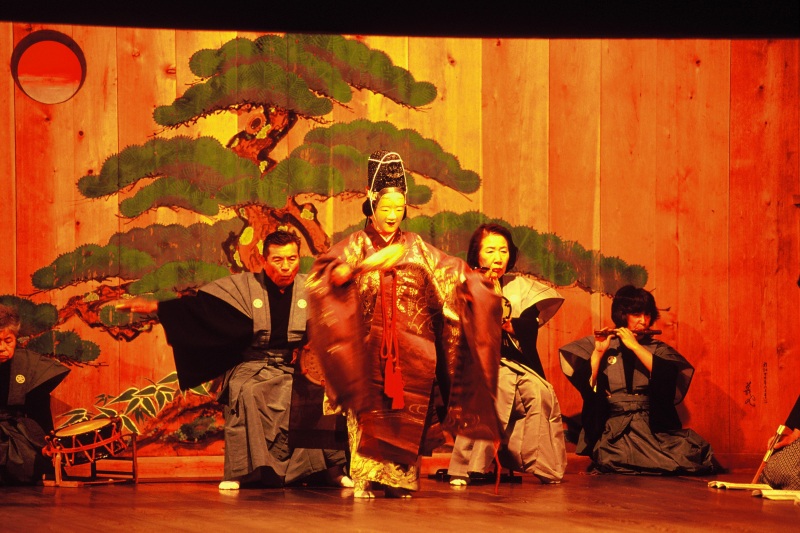
The island of Sado, off the coast of Niigata Prefecture, is renowned for its deep and ongoing relationship with the ancient Japanese performing art form of Noh. Despite having a reputation for being inaccessible Noh can be a beautiful and transformative dramatic experience and its influence can be found across Japan and in the theater of the west (Samuel Beckett, Harold Pinter and W.B. Yeats were all transfixed by Noh). Sado used to have more than 200 Noh stages and today can boast around 30. Noh is a way of life on Sado and the stages can mostly be found within the grounds of local shrines. The ornate and stunning performances with Noh masks and elaborate costumes are performed at certain times of the year so it's always best to check the schedules before jumping on the ferry.